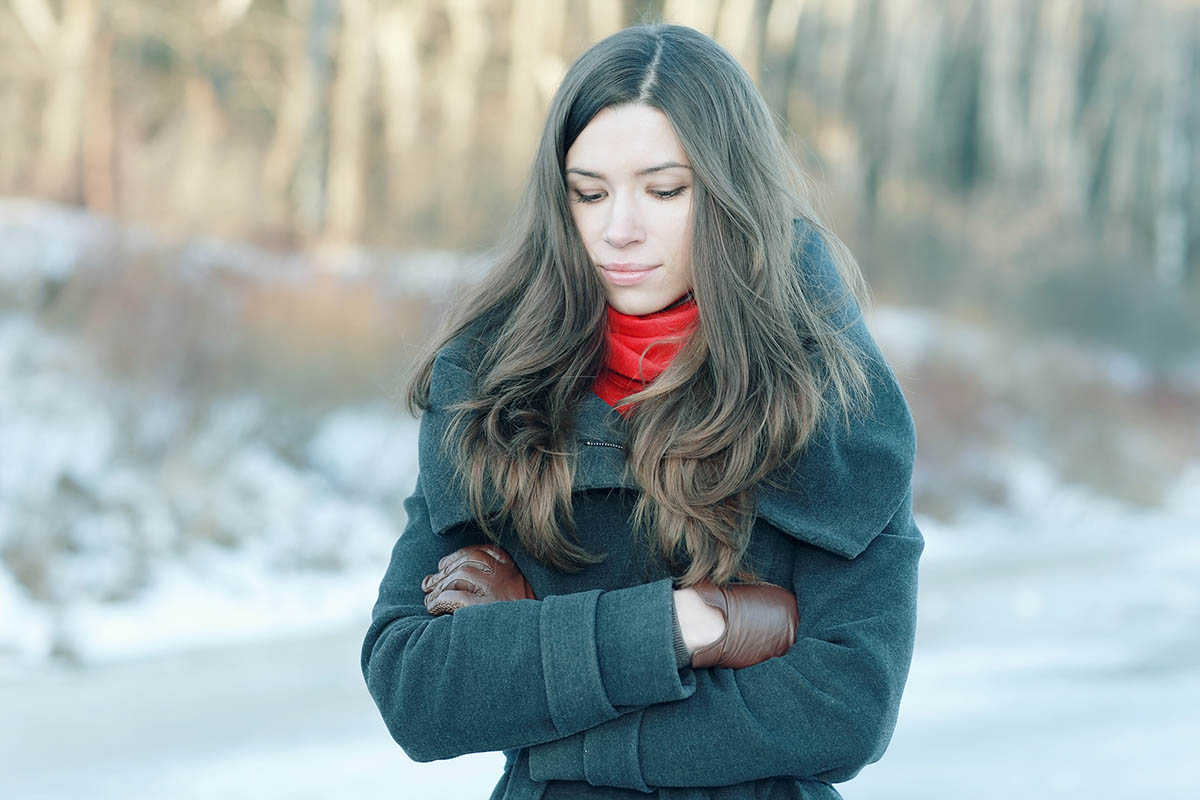Do you feel an ominous sense of dread appear as summer fades into fall? Many look forward to autumn because of its brisk sweater weather, hayrides, and vibrant, changing landscape. Others, however, transition into autumn reluctantly, feeling as though they’re being herded into a cold, bleak winter that may never end. If you identify more with the latter group, you may be prone to seasonal affective disorder (SAD), which is a condition that brings with it seasonal depression and feelings of hopelessness.
Seasonal affective disorder can be debilitating. And in the interests of mental wellness, it requires treatment. Symptoms may sneak up on you without warning. And unless you’re expecting it each year, you may not understand why you suddenly feel so low. At Westwind Recovery®, we are here to help.
1. Seasonal Depression Involves Feeling Sad
While everyone suffers feelings of sadness occasionally, feeling this way every day means something more serious is happening. Signs of seasonal depression include pervasive feelings of sadness. You may lose interest in the activities you once enjoyed and have trouble finding enjoyment in anything. For those suffering from SAD, this may happen because the body’s circadian rhythm is struggling to regulate its internal clock. It could also be due to lowered levels of serotonin. Serotonin is a neurotransmitter, or brain chemical, that regulates mood. Autumn, with its reduced hours of sunlight, often disrupts levels of serotonin. This, in turn, may cause depression.
2. SAD May Cause Feelings of Hopelessness
Sadness causes other negative emotions, too. These include hopelessness, worthlessness, and even guilt. Any of these emotions can make it difficult to navigate through a normal day. Consequently, when all are present, life becomes less of an experience and more of a chore. If the shorter days of autumn make you feel as though you’re struggling just to survive, you may have seasonal affective disorder.
3. Seasonal Depression May Wreck Your Concentration
A shortened attention span is another symptom of seasonal depression. You may find it hard to concentrate for long periods of time. It may become more difficult to stay focused on the task at hand. Your housekeeping may suffer, you may neglect the preparation of meals, and you may wander through your home or office, trying to decide what to do first and feeling unable to commit to any individual task. This, in turn, causes feelings of defeat and failure, which only compound the problem.
4. Feelings of Sluggishness Are Signs of Seasonal Depression
Lethargy is another of the signs of seasonal depression. You may have trouble getting out of bed each morning. You may stay up later and later at night and sleep in the afternoons or evenings. And when you do pull yourself out of bed, taking a shower and getting dressed just feels impossible.
Seasonal affective disorder commonly disrupts normal sleep patterns. Reduced levels of melatonin in your body during the colder, darker months of the year may cause this.
5. Seasonal Affective Disorder May Lead to Suicidal Thoughts
When serious depression goes untreated, suicidal thoughts may develop. You may feel like it’s better to end your suffering rather than deal with the unpleasant emotions you’re experiencing. This is when many people who struggle with seasonal affective disorder finally realize they need professional care from a mental health treatment program.
How Westwind Recovery® Can Help
Westwind Recovery® is an addiction treatment and mental wellness center in Los Angeles, CA. We can help you recover from seasonal affective disorder through adventure-focused, integrative care. At Westwind Recovery®, you’ll take part in outings that include camping, hiking, surfing, trips to the local beach or waterfalls, and much more. Outdoor time in California’s sunny climate is exactly what’s needed to help beat seasonal depression. Contact Westwind Recovery® today at 855.340.8832 to learn more.

Dr. Deena is the Chief Clinical Officer of Westwind Recovery®, an award-winning outpatient treatment center in Los Angeles where she oversees the clinical and administrative program and treatment methods. Dr. Deena is a doctor of psychology and licensed clinical social worker since 1993. LCSW #20628. Originally from the East Coast, Dr. Deena has worked running treatment centers, worked as a therapist in psychiatric hospitals as well as school settings and currently has a thriving private practice in the LA area. Dr. Deena has appeared regularly on the Dr. Phil Show as an expert since 2003. She has also been featured on many other TV shows, podcasts and has contributed to written publications as well as podcasts.



